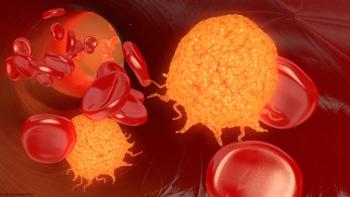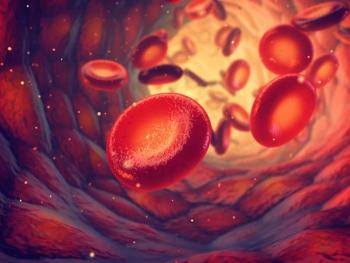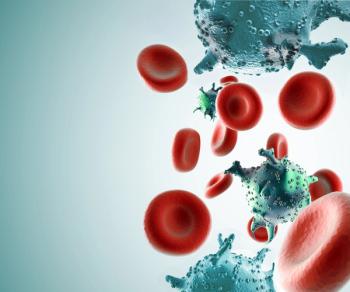
Miami Breast Cancer Conference® Abstracts Supplement
- 41st Annual Miami Breast Cancer Conference® - Abstracts
- Volume 38
- Issue 4
- Pages: 37
33 MammaPrint® and BluePrint® Predict Anthracycline Chemosensitivity in Patients With HR+HER2– Early-Stage Breast Cancer Enrolled in FLEX
Background
Hormone receptor-positive (HR+), HER2-negative (HER2–) early- stage breast cancer (EBC) often yields low (< 10%) pathologic complete response (pCR) rates to neoadjuvant chemotherapy (NCT). The NBRST (NCT01479101) and the phase 2 I-SPY 2 (NCT01042379) neoadjuvant trials showed that the MammaPrint (MP) risk of distant recurrence and BluePrint (BP) molecular subtyping signatures identify cohorts of patients with HR+/ HER2– EBC with a high likelihood of achieving pCR from NCT. To identify potential patients likely to benefit from anthracycline- based NCT, we examined MP and BP utility to predict pCR rates for taxane and cyclophosphamide (TC) vs TC with anthracycline (AC-T) standard-of-care NCT regimens.
Methods
Patients with HR+/HER2–; MP high-risk tumors; treated with NCT; and enrolled in the ongoing prospective, observational FLEX trial (NCT03053193) were included (n=214). MP high-risk tumors were further classified as high 1 (H1; index 0.000 to –0.569) or high 2 (H2; index –0.570 to –1.000). BP subtypes were classified as either Luminal B-Type or Basal-Type. The associations between MP and BP, NCT regimen, and pCR outcomes were assessed.
Results
Of all HR+HER2– tumors, 66% were H1 and 34% were H2. Age, menopausal status, race, tumor stage, and lymph node status were comparable between both groups. Most H1 tumors were luminal B-type, while similar proportions of H2 tumors were basal-type (47%) and luminal B-type (53%). Among H1 tumors, pCR rates
to AC-T vs TC were comparable. In contrast, no H2 tumors achieved pCR to TC, whereas AC-T was significantly more effective for H2 compared with H1 (P <.001) tumors. Among H2 tumors, basal-type achieved the highest pCR rates with AC-T.
Conclusion
These data indicate that patients with MP H2 tumors, including luminal B and basal subtypes, are more likely to achieve a pCR in response to anthracycline-based NCT. In contrast, including anthracycline does not appear to improve pCR rates for patients with MP H1, luminal B-type tumors. These data are novel in demonstrating utility of MP and BP for optimizing specific NCT regimens for HR+/HER2– EBC.
Articles in this issue
Newsletter
Stay up to date on recent advances in the multidisciplinary approach to cancer.

















































































